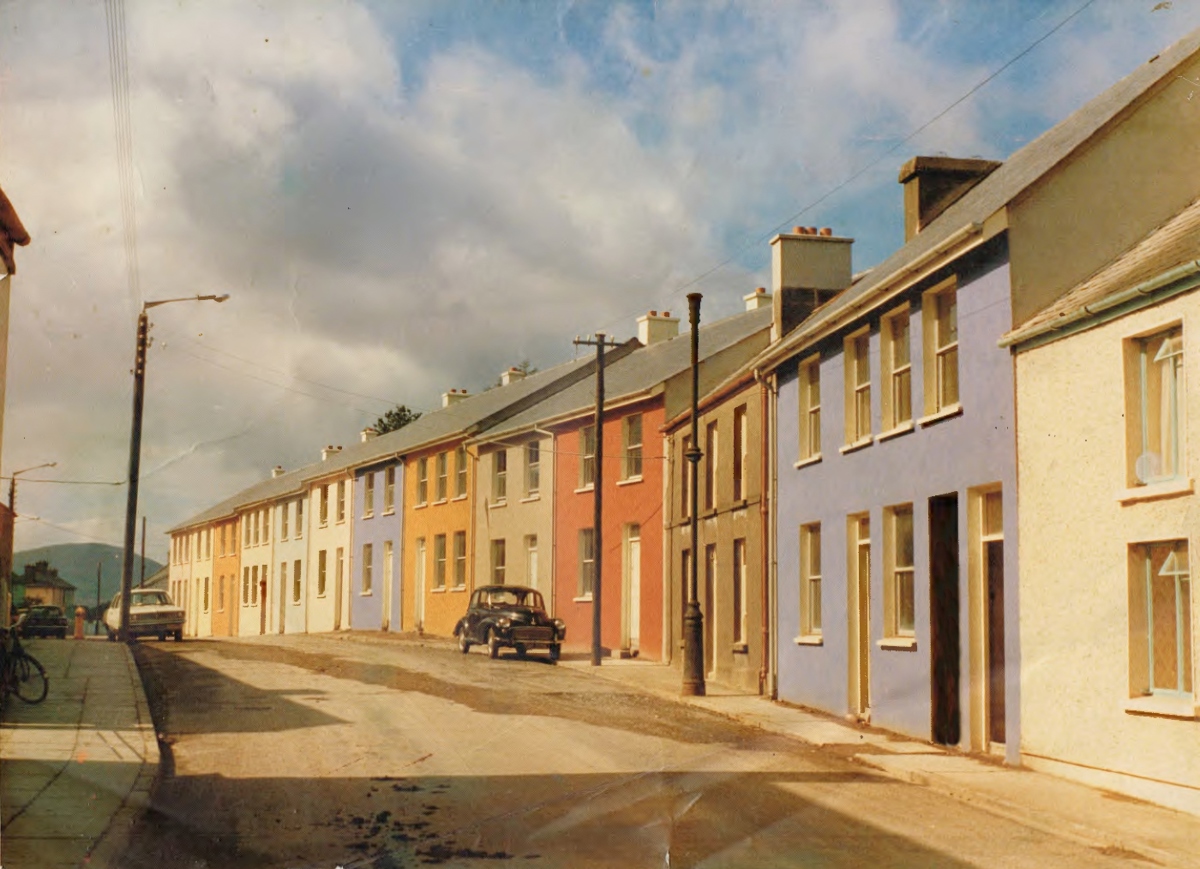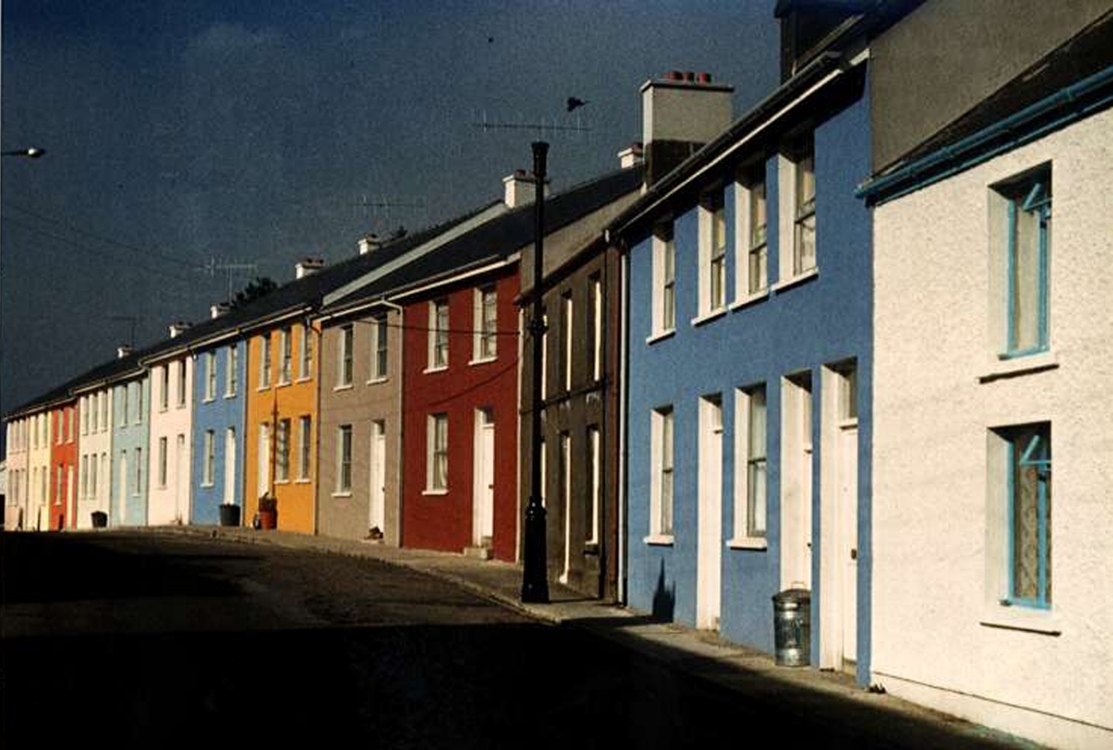SAMPLES
 Receive your sample
Receive your sample
 Receive your sample
Receive your sample
 Know more
Know more
 Read now
Read now
 Request a CPD
Request a CPD
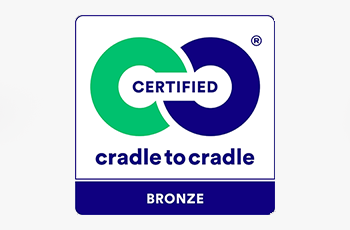 Find out more
Find out more
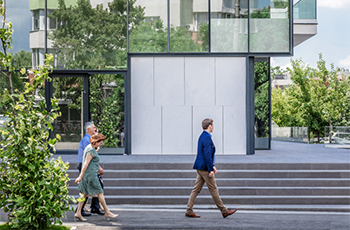 Contact us
Contact us
 Watch now
Watch now
 Know more
Know more
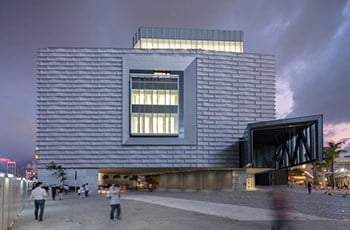 Know more
Know more
Castle Street, Dunmanway, Co. Cork Neil Hegarty, Cork County Council (Gerard O’Callaghan, County Architect)
1974 – 1976
Photographs – Kevin Dunne of Tony O’Malley Pictures for Tegral (1–3), with thanks to Neil Hegarty and the Irish Architectural Archive, and Neil Hegarty
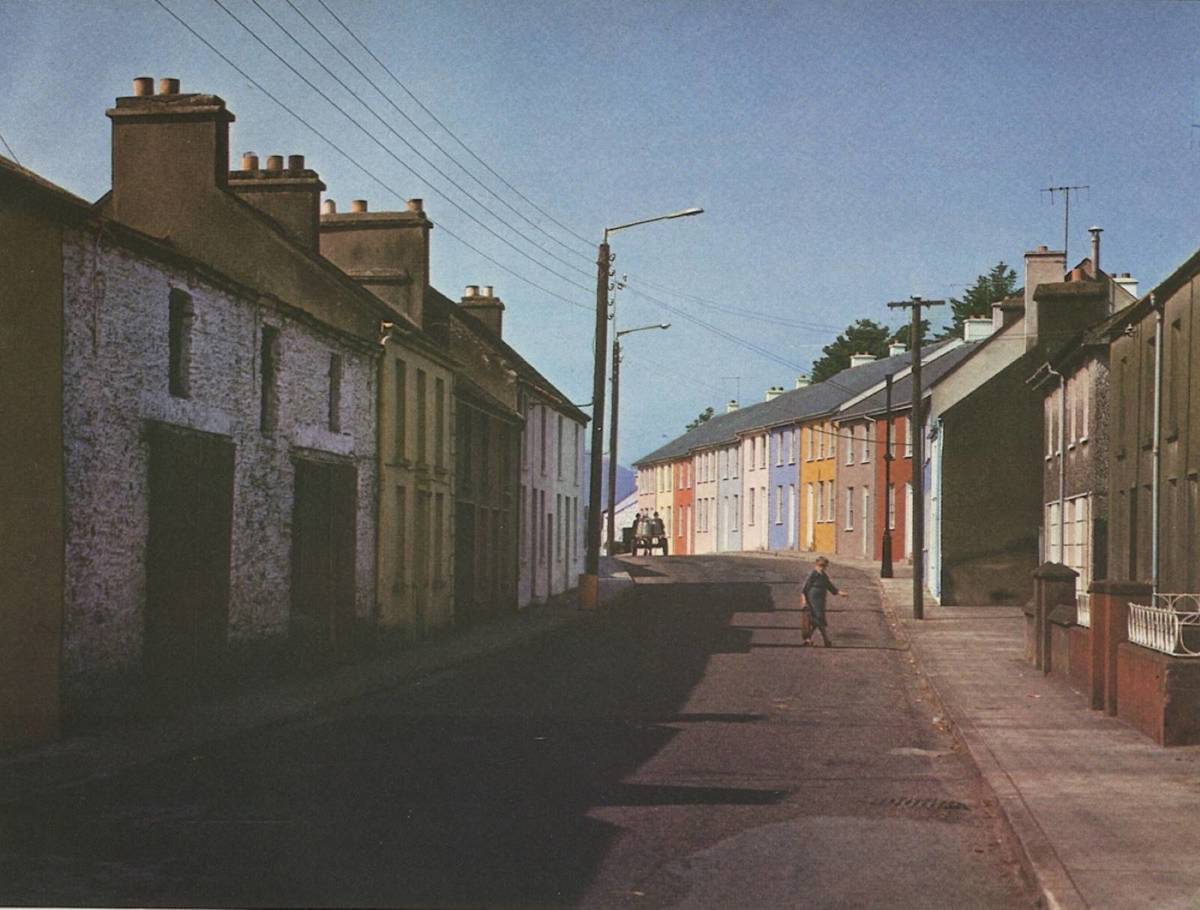
Neil Hegarty established a national reputation with his first private commission at Dundanion Court (1964–68) in Blackrock, Cork. But with the pressure of a growing family and the vagaries of the bust-boom-bust cyclical nature of the industry, he tacked in 1974 towards the more sheltered waters of the public sector, where he continued to create waves nevertheless. “When I came to work for Cork County Council I was appalled by the council ghettos that were being created on the outskirts of our towns, while the edges and sometimes the centres were crumbling,” he says.
The first scheme he was asked to design was in Dunmanway, a small market town in west Cork. The site for about twelve houses was outside the town, far from shops, schools and churches, and was being used as a dump. It was next to the creamery and part of the land was to be used for industry. “I didn’t like that,” he says. “It wouldn’t be easy for tenants to do their shopping.” They would also be easily labelled as coming from the council estate out the road, not from the town. He found out there was another site, in the town, on which the completion of a compulsory purchase order was awaited. “Luckily for me and the Council tenants, the CPO was completed in four weeks.”
It wasn’t until the houses were up to first floor level that officials discovered they were being built on a site that was wanted for road widening. Construction was stopped for three or four months while they considered what to do. “I was accused of being ‘unprofessional’,” he says. “I went to see the local area manager, Seán Hayes. I told him that when I came into Cork County Council, I had received no induction. I was given a desk and told to get on with it. ‘Look,’ he replied, ‘if we had induction here, we’d never get any good ideas.’ The engineers were talked into letting it go.”
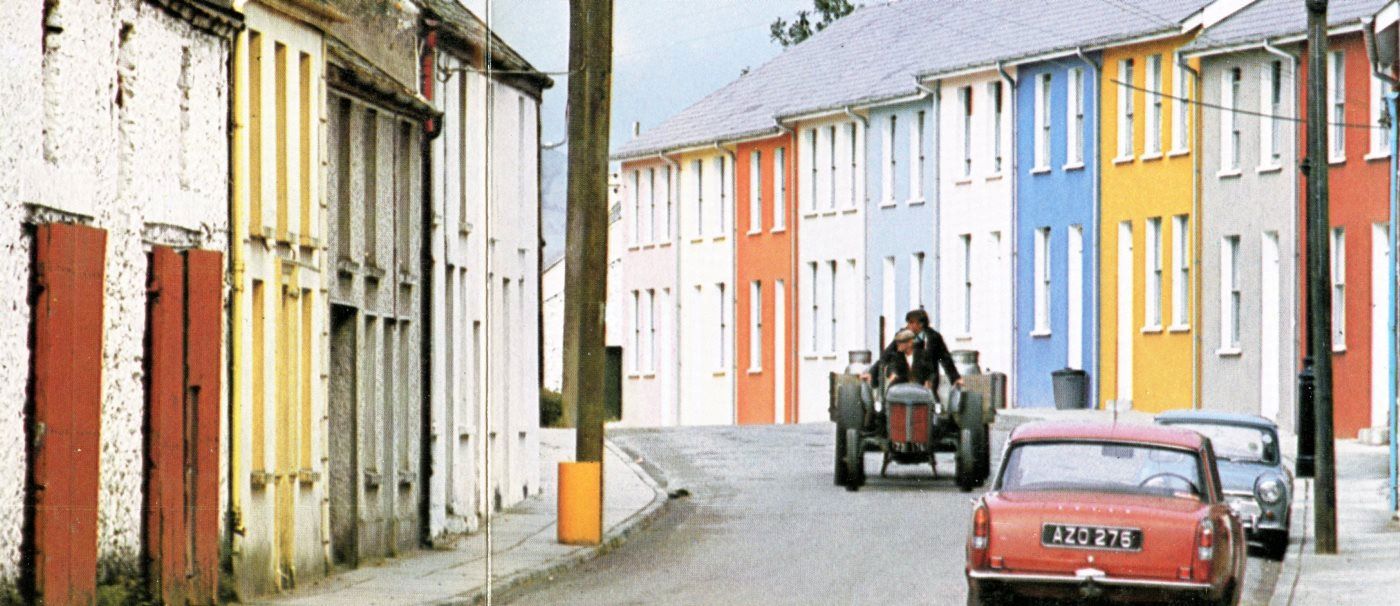
There are great advantages to rebuilding parts of towns like this, one of the greatest being that existing roads, footpaths, sewers and services can be used, leaving money over for higher building standards. “There was pressure on to get houses built,” he recalls. “A circular had come out from the Department which said that if you were building 15 houses or less, you didn’t have to submit the design to the Department for approval. You could just go ahead, subject to staying within the approved budget guidelines. They were set as national figures, so it wasn’t too difficult to get down to what a scheme would have cost in Dublin. There was only one local contractor, J & D Cahalane, so we negotiated with them.” The scheme finished in 1976. It included one privately owned Victorian house, retained unpainted and embedded in the new terrace. He had wanted to complete for European Architectural Heritage Year in 1975 but the road-widening row made that impossible. “My architectural approach had been evolving from the late 1960s,” he says, “from a love affair with the Modern Movement, particularly the work of the Masters, through the evolution of the Dillon houses [BOTM August 2019], to a concern with our vernacular tradition and its expression in new building. Individual buildings were no longer the story. The story now was putting the street back. Were we capable of producing a street architecture? I designed the new houses to look the same as the houses on the other side of the street.”
He spoke soon after at a conference in Dun Laoghaire on ‘The Suburban Challenge’, which was reported in The Irish Times on October 7, 1976: “Every Local Authority should have a department dedicated to acquiring derelict sites and areas within towns for development well in advance of need, Mr Neil Hegarty, an architect from Cork, told the conference … Mr Hegarty said he was convinced that 90% of Local Authority Housing in 90% of Irish towns should and could be built as ‘infill’ or the extension and connection of existing streets. Even a site for one house was worth acquiring and the redevelopment of towns should be a continuous process. ‘It is easier to make small beautiful. The architect designing ten houses would, with a change in the present system of allocating houses, be able to meet his clients and consider their actual needs. Small scale developments would also allow experiments in form and arrangement,’ he said.”
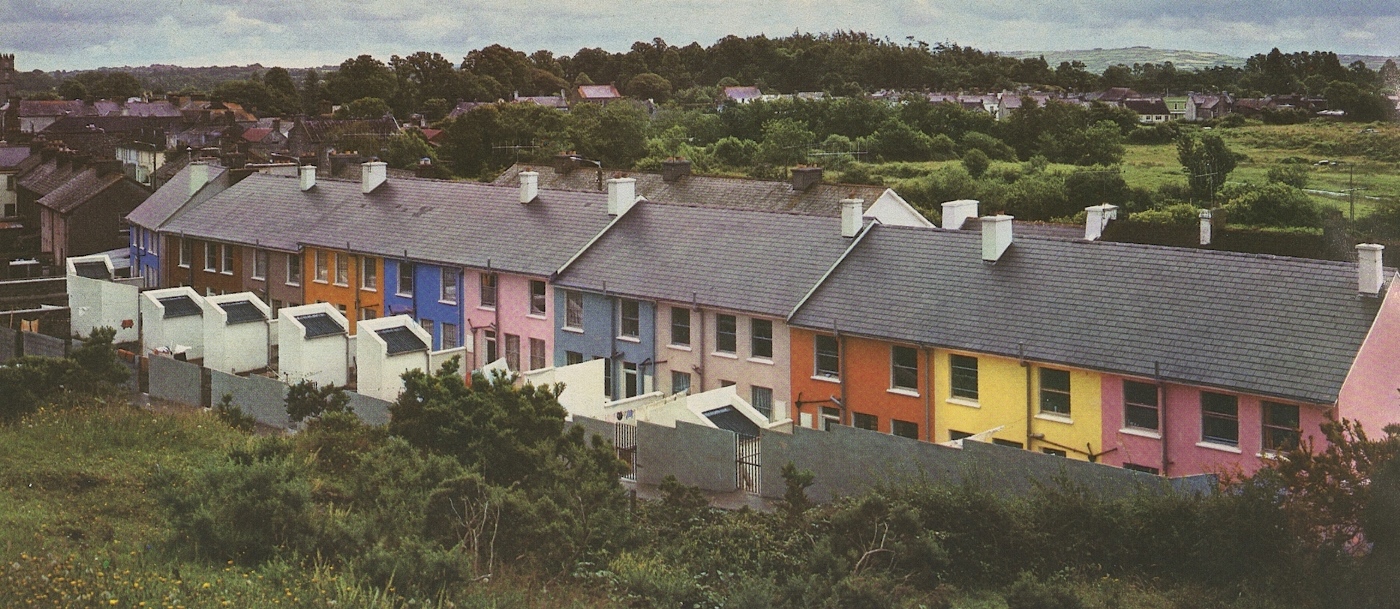
It was not all plain sailing. His choice of coloured renders for Tawnies Crescent, a housing scheme in Clonakilty, came in for severe criticism, local councillors denouncing it as demeaning the tenants, dubbing it ‘Rainbow Terrace’ and ‘Circus Parade’. But they changed their opinion upon completion, as a letter from the Town Clerk, dated December 16, 1976, attests: “Tribute was paid to the progressive manner in which you have tackled this scheme and the overall design and layout ... In particular, it was mentioned that while the colour scheme of the houses had been criticised at a previous meeting the members were now unanimous that they were wrong and that you were right in having varied colours for the scheme. I wish, also, on my own behalf, and on behalf of the manager, to thank you for an excellent job very well done.” “I always believed in having happy tenants,” Neil says. “Happy tenants make happy politicians who will go along with what you want to do next. Even the engineers agreed. That meant that I could go on to build thousands of houses on the street line of towns throughout west Cork without any heed to the ridiculous road standards of the time. I was keeping the motor car out of sight and building on the street, while dealing with the cars at the rear if roads were narrow. This became the guiding principal in the county for the next ten to fifteen years. Once you start a local authority on the road to doing something, it becomes very hard to stop them. They see it as a brief. Every housing site after that in west Cork was bought as an infill site in the centre of villages and towns.”
Dunmanway won the 1978 Irish Planning Institute and Bord Fáilte Urban Design Award for Local Authority Housing. Writing that summer in An Taisce: Ireland’s Conservation Journal, Rosemary Mulcahy hoped it would set a trend for urban renewal, noting also that “The colour rendering on the outside of the houses is to give people the freedom of expression, which they seem to want. It does not matter what colour is put on any individual house. The unity of the total scheme remains.” That has proven true. All the colours have since been changed, without detriment to the whole.
The scheme was published internationally, and early in 1979 Concrete Quarterly called Neil Hegarty’s contention that 90 per cent of all local authority housing in Ireland could and should be built either as infill schemes in towns or as extensions to or connections with existing streets, “a thesis which bears thinking about here [in the UK] as well as in Ireland”. Good ideas never grow tired, even if initially ignored. Almost half a century on, it’s time we thought like that again, and this time acted upon common sense.
